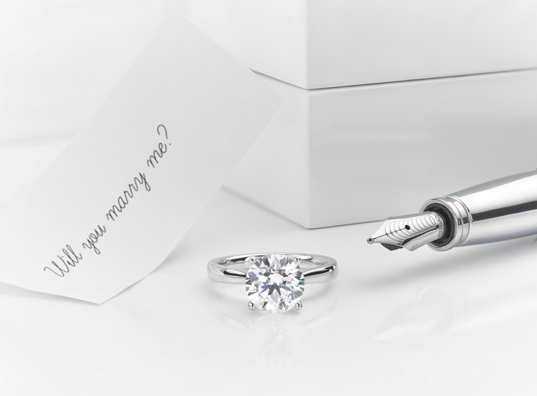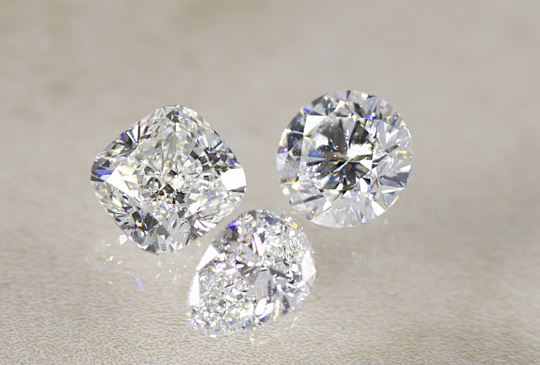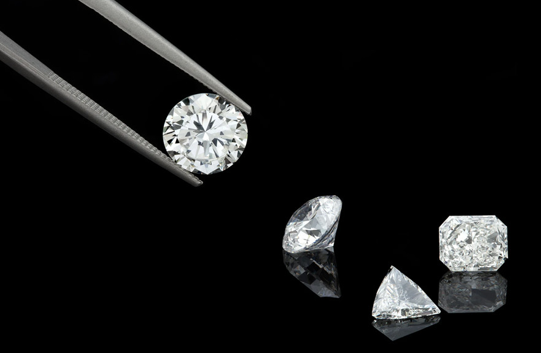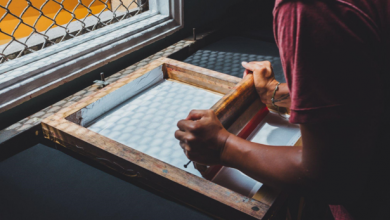Diamonds are not only symbols of pure and enduring love, but they also enjoy great popularity among girls because of their incredible hardness and extremely delicate sparkling look.
Unfortunately, natural diamonds bear a so high price tag that they are not affordable for the majority of us. It is not wise to purchase it with the risk of debt. However, with the help of an expert like the specialists on custom jewelry in Melbourne you do not need to give creativity or personal flair when you’re on a budget. If you desire bling, durable and pretty gemstone, moissanite and cubic zirconia will be good options, both of which feature high similarities to diamonds. However, which is the best diamond simulant may confuse most of us.
In the following, we will make a comparison between them to help you reach your ideal diamond stimulant.
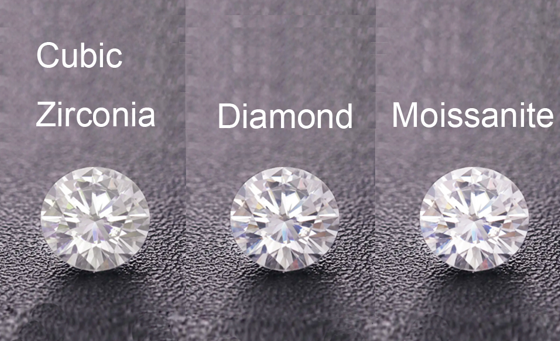
Moissanite vs. Cubic Zirconia: Original and Composition
Moissanite is a naturally occurring mineral originally discovered by the French chemist Henri Moissan in 1893 in a meteor crater in Arizona. Therefore, it is also called the gemstone from stars.
These crystals resemble diamonds so much that they were mistakenly identified as diamonds. Moissanite is a silicon carbide, composed of silicon and carbon, featuring the chemical formula SiC, while diamond is a solid form of pure carbon, whose chemical formula is C. But both of them contain carbon, so their composition is very close.
Cubic Zirconia, also known as CZ, is a natural form of zirconium oxide firstly discovered in 1892. In its composition, cubic zirconia combines zirconium and oxygen, which are not relevant to diamonds.
Conclusion: Moissanite and diamonds have a similarity in composition. In this regard, moissanite is the winner in this round.
Moissanite vs. Cubic Zirconia: Price and Value
Both natural moissanite and natural cubic zirconia are very rare, so moissanite and cubic zirconia available at the market are labs grown. As such, these lab-created stones are more affordable than diamonds.
However, moissanite is more expensive than cubic zirconia due to its higher cost than CZ’s in synthesis. For example, one-carat moissanite stone comes at the price of $400 while an equivalent size cubic zirconia costs only $20 to $40.
Neither of them is recommended for investment because they lack retaining value compared with diamonds. However, moissanite still has resale value over time because of its price.
Conclusion: Cubic Zirconia is cheaper than moissanite but moissanite will have resale value over time
Moissanite vs. Cubic Zirconia: Light Refraction
The Refractive index is a measurement of how much light is bent as it passes through the stone. It shows how good the stone’s brilliance is. The larger the refractive index of the gemstone is, the more brilliant the stone will display.
Moissanite’s refractive index is high at 2.65 while a diamond’s is at 2.42. So moissanite features far higher brilliance and fire than a diamond. That is the reason why it has gained popularity when it comes to engagement rings.
Cubic zirconia features a refractive index of 2.15–2.18 which is lower than moissanite. So it makes a lower performance than moissanite does in brilliance.
Conclusion: moissanite performs better in light refraction than cubic zircon. It has a higher brilliance and fire than cubic zirconia.
Moissanite vs. Cubic Zirconia: Color and Clarity
Both moissanite and cubic zirconia are lab-grown gemstones. Under the strict control of the production process, they are created to be high-clarity and colorless. Typically, all the cubic zirconia available at the market rank D at the color grade, which means that they are colorless and emit the whitest light. But sometimes, it will create a glassy touch which makes it look unnatural.
Although moissanite claims to feature colorless and flawless, it will display greenish, grayish, or yellowish tints under strong light, which creates a rainbow effect under sunlight. The larger the moissanite stone size is, the more noticeable this effect is. It is also the key difference between moissanite and diamonds.
The opinion on the rainbow effect may vary among people. Some people may dislike this effect due to its gaudy look, while others enjoy this rainbow flash a lot as it adds an extra colorful sparkling charm.
Conclusion: Cubic zirconia features a perfect performance in clarity and color but its grassy effect may make it a little fake. Moissanite will show a rainbow flash under strong light, which makes it a popular choice for people who want something special.
Moissanite vs. Cubic Zirconia: Durability
It is well known to all that diamonds are the hardest thing in the world. On the Mohs Scale of hardness, diamond ranks at 10, the maximum on the scale, while moissanite gets a rating of 9.25, which makes it the second hardest gemstone for daily wear.
Therefore, moissanite is extremely durable, with exceptional resistance to scratching and damage. Plus, they also feature great heat resistance, protecting them from damage even in a fire. Due to its great hardness, moissanite is widely used in making engagement rings.
Cubic zirconia gets a rating of 8 to 8.5, meaning that it is also hard enough for daily wear with good resistance to damage and abrasion.
However, cubic zirconia is also not so tough as moissanite. According to a measure of a gemstone’s resistance to breaking, moissanite is 7.6 PSI in toughness, while cubic zirconia is only 2.4 PSI. So moissanite is more resistant to breaking or chipping than cubic zirconia
Conclusion: Although neither moissanite nor CZ is harder than diamonds, they are still hard enough for daily wear with great resistance to damage and abrasion. However, in terms of hardness and toughness, moissanite is better than CZ.
Moissanite vs. Cubic Zirconia: Resistance to Dirt
Both moissanite and CZ will have a cloudy and hazy effect over time due to the buildup of dirt and grime. The stones might get dull and lose their shine as a result of body oils, cosmetics, household detergents, and other substances.
Moissanite has better resistance to dirt than CZ. CZ will appear cloudy easily and loses its luster so quickly that it needs more frequent cleaning than moissanite to keep its sparkle.
Conclusion: Both moissanite and cubic zirconia will appear cloudy and hazy. But moissanite performs better than CZ in the resistance to dirt. CZ will need a higher frequency than moissanite to keep its luster.
Purchasing Suggestions:
With the momentum of moissanite, a variety of options flooded the market, which makes us possibly meet a low-quality stone. We should buy a moissanite stone from a reliable store like Charles and Colver, Brilliantearth, or Bestcarat jewelry. Of course, you can also buy a stone from an online store like Bestcarat that sells moissanite with the GRA certificate.
Cubic zirconia is available in many online shops. And due to their affordability and lack of value, few people will sell fake CZ so you can easily get a dainty CZ stone at a reasonable price. But buying it from a trusted retailer is still needed for the best shopping experience.
Final Verdict
After six rounds of Moissanite vs.Cubic Zirconia, moissanite resembles diamonds the most in terms of durability and brilliance.
Even though CZ is a more economical option, moissanite is still the best alternative for diamonds in terms of the selection of engagement due to its better performance in durability, brilliance, and value than CZ.
Moissanite and cubic zirconia, which to go? Both of them are dazzling affordable and environmentally-friendly options for daily wear. In terms of engagement rings, moissanite is recommended.
No matter which one you choose, please take your budget into consideration in case of living beyond.


